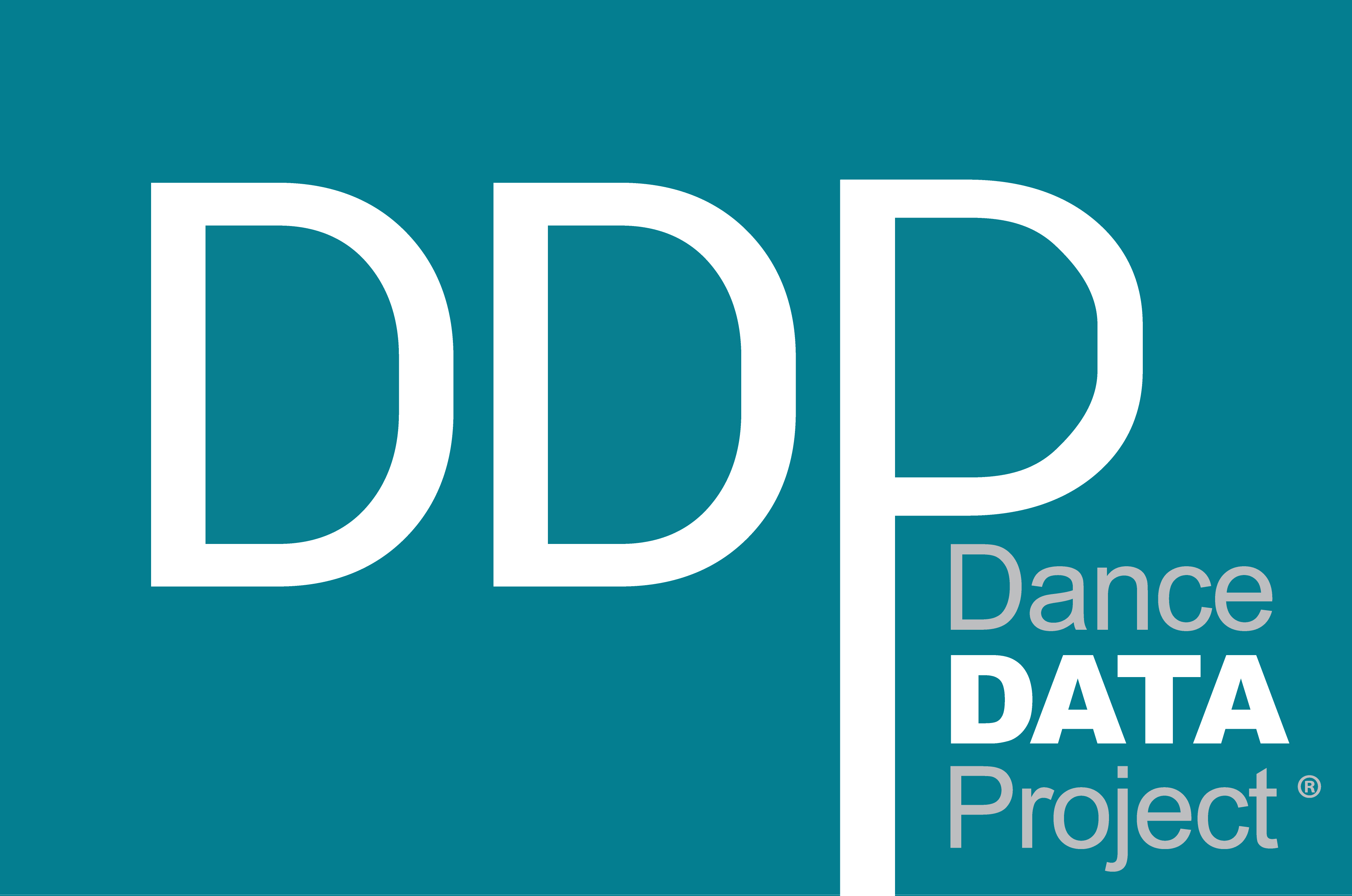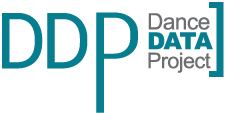Could Dance Be a Weapon All Over Again?
Connecting the Dots – #YesThisIsAnArtsStory Repost from The New York Times
When the coronavirus pandemic started, the first thing I did was panic. I didn’t want to bum anyone out, but it didn’t take me long to leap to a certain conclusion: With theaters and studios shutting down, the dance world would be devastated. What would come out of the ashes?
For a while I thought that the answer had to do with digital dance and how it might develop into something exciting. (That could still happen! It has its moments! People are trying!) But soon I started to obsess about the radical dance movement of the 1930s. Back then, protests and social justice were part of the fabric of modern dance as it met the moment of the Great Depression and the rise of authoritarianism. “The Dance Is a Weapon.” That was the title of the first recital of the New Dance Group, a socially minded collective formed in 1932.
For me, that period of dance haunts the time we’re living in — the pandemic, the election, the uprisings against racial injustice — like a good, progressive ghost. It reminds us that dance is about what’s happening in the world as much as it’s about the poetry of bodies on a stage. This art form that I love is undernourished and undervalued, full of inequity among forms and an uneven balance of power among funders, presenters, choreographers and — always last, though hopefully not for long — dancers.




